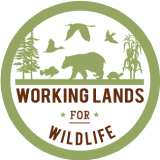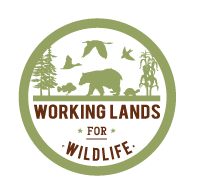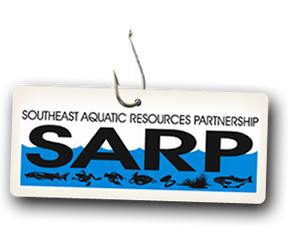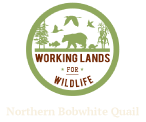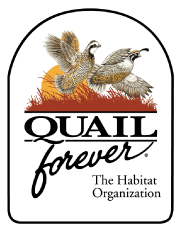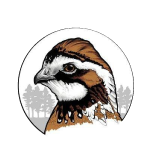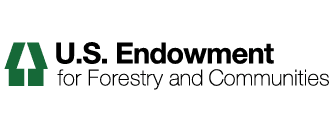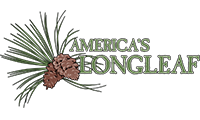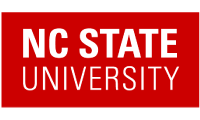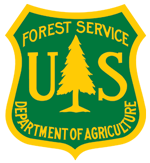NRCS Conservation Practices and Materials
Working Lands for Wildlife (WLFW) Workspace and Species Initiatives Course Series
This workspace hosts courses for National Resources Conservation Services (NRCS), partners, and private landowners within the WLFW initiatives.
Working Lands for Wildlife (WLFW) Workspace and Species Initiatives Course Series
This workspace hosts courses for National Resources Conservation Services (NRCS), partners, and private landowners within the WLFW initiatives.
Working Lands for Wildlife (WLFW) Workspace and Species Initiatives Course Series
This workspace hosts courses for National Resources Conservation Services (NRCS), partners, and private landowners within the WLFW initiatives.
Working Lands for Wildlife (WLFW) Workspace and Species Initiatives Course Series
This workspace hosts courses for National Resources Conservation Services (NRCS), partners, and private landowners within the WLFW initiatives.
Podcast Episode: Native Warm Season Grass Episode 6 - Technical and Financial Assistance
J.B. Daniel, Grassland Agronomist and Grazing Specialist with NRCS Virginia talks about NRCS programs that offer technical and financial assistance for planting native warm-season forages and set up grazing systems.
FY 2023 NRCS Landscape Conservation Initiatives
Map of FY 2023 NRCS Landscape Conservation Initiatives
Yazoo Darter
The Yazoo darter (Etheostoma raneyi) is a small fish that is found only in two watersheds – the Little Tallahatchie and Yocona River watersheds in northern Mississippi.
Shorebirds of Louisiana Wetlands
Birds like the lesser yellowlegs (Tringa flavipes), buff-breasted sandpiper (Calidris subruficollis), stilt sandpiper (Calidris himantopus) and short-billed dowitcher (Limnodromus griseus) use Louisiana’s wetlands as pit stops during their annual journeys south.
Northeast Turtles
The wetlands of the Northeast are home to a variety of wildlife, including the rare Blandings turtle (Emydoidea blandingii), wood turtle (Glyptemys insculpta) and spotted turtle (Clemmys guttata). All three of these turtles are under consideration for listing under the Endangered Species Act.
Northern Bobwhite Quail, Grasslands & Savannas
The Northern Bobwhite, Grasslands and Savannas Partner Website is for information sharing by technical experts within NRCS and among its partners. You must login or register with the provider to access the folders. The site was funded for NRCS and its staff and partners to collaborate, store and share information.
Blanding's Turtle
The Blanding’s turtle (Emydoidea blandingii) inhabits wetland areas of 15 states in the Northeast and Midwest.
Eastern Hellbender
The Eastern Hellbender Partner Website was funded for NRCS and its partners to collaborate in support of private landowners to implement Working Lands for Wildlife partnership
Conasauga River Aquatic Species
The Conasauga River in southern Tennessee and northern Georgia is known for its exceptional mussel, snail, crayfish and fish biodiversity.
Colorado River Mussels
Six at-risk mussels that inhabit the Colorado River basin in Texas – false spike, Texas fatmucket, golden orb, smooth pimpleback, Texas pimpleback and Texas fawnsfoot – have suffered declines.
American Black Duck
The American Black Duck Partner Website was funded for NRCS and its partners to collaborate in support of private landowners to implement the Working Lands for Wildlife partnership.
Golden-Winged Warbler
The Golden-Winged Warbler Partner website was funded for NRCS and its partners to collaborate in support of private landowners to implement Working Lands for Wildlife partnership
